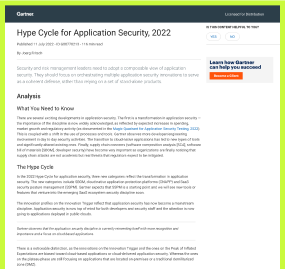Uptycs Live Webinar
Abusing Short-Term Credentials in AWS
Abusing Short-Term Credentials in AWS
Date Recorded: Tuesday, October 25th, 2022
Duration: 23 min
See how threat actors abuse short-term credentials to persist in your AWS environment. Attackers use hard-to-detect role chaining techniques to keep temporary credentials alive, indefinitely extending the lifetime of their STS credentials.
Temporary credentials are both ubiquitous and ambiguous, running everywhere in the background of your cloud infrastructure but not easily seen or trackable. This method of authentication is hard to keep tabs on, and tracking attackers becomes a difficult problem to solve. Which is why we have prioritized this webinar to shed light on credential activity through the Uptycs solution and will walk you through the foundations of monitoring, detecting, and remediating anomalous temporary tokens in AWS.
What you will learn:
- What is a temporary credential? Differentiate between short and long term credentials, why are these short-term credentials so embedded into our AWS Infrastructure?
- Learn how temporary credentials are abused and ‘fly under the radar’ for detection
- See first hand examples of what this abuse looks like to your credentials and environment
- Understand how to detect the tactics, techniques, and procedures of threat actors for role chaining and abusing short-term access key
Resources for
the modern defender
Prepare for any challenges that lie ahead by choosing
the right tools today.
Gartner Hype Cycle for Application Security, 2022

Gartner Hype Cycle for Application Security, 2022

Gartner Hype Cycle for Application Security, 2022

See Uptycs in action
Start with our free, no-obligation 35-day trial. Get comfortable with Uptycs using synthetic data, then deploy to a live environment.


